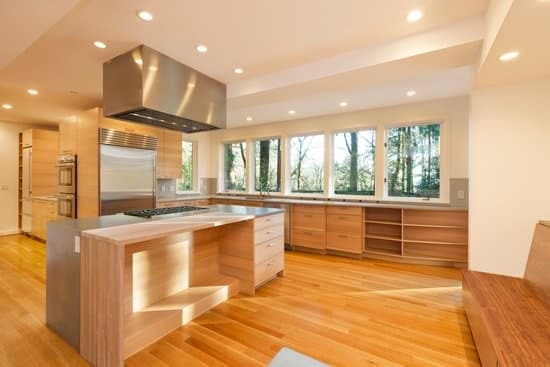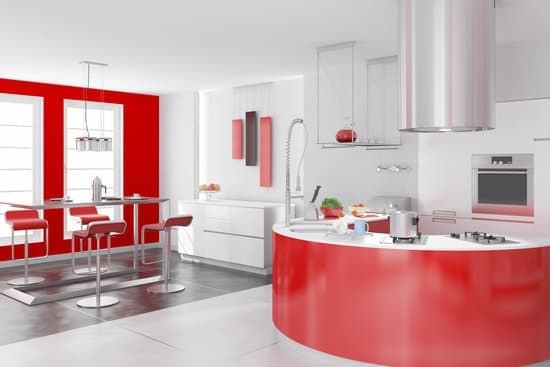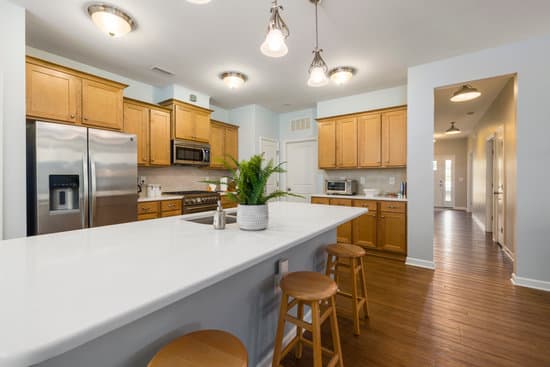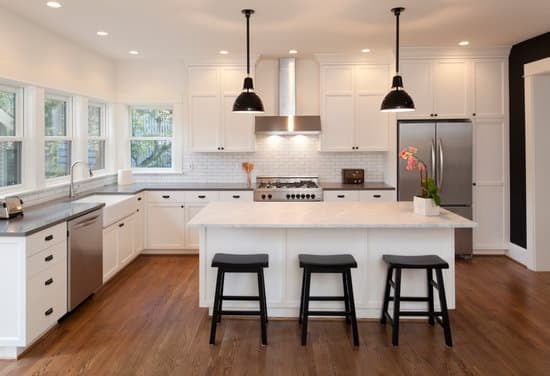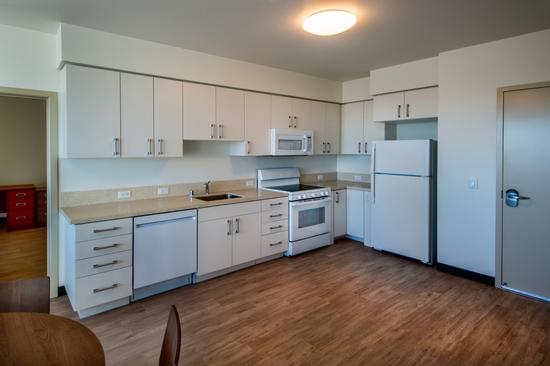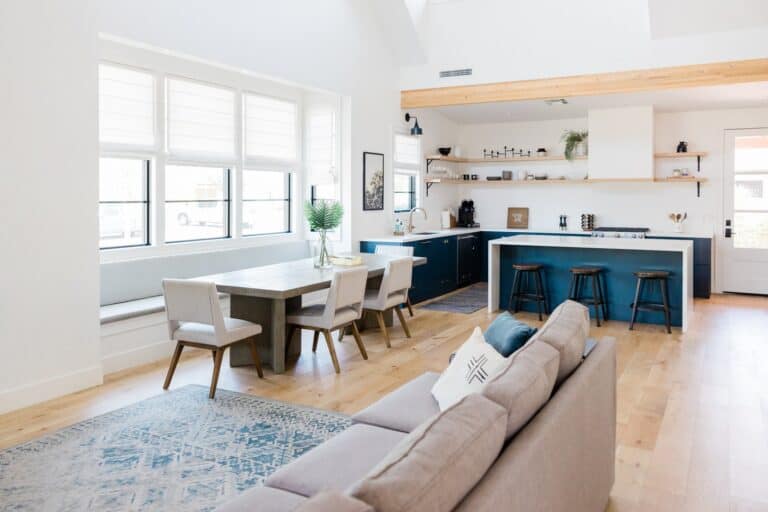Are you ready to take your backyard entertaining to the next level? Building an outdoor kitchen with a wood frame is not only a functional addition, but it also adds warmth and charm to your outdoor space. In this article, we will guide you through the process of planning, selecting materials, assembling the wood frame structure, installing appliances and utilities, and adding those finishing touches. Get ready to create a safe and inviting outdoor kitchen that will impress your guests!
Planning and Designing Your Outdoor Kitchen
Before you begin building, it’s important to carefully plan and design your outdoor kitchen. Safety should be a top priority when creating your dream cooking space. Start by designing the layout of your outdoor kitchen, considering how you will use the space and what appliances you want to include. Make sure there is enough room for prep areas, grills, sinks, and storage. Next, choose countertops that are both durable and easy to maintain. Granite or concrete countertops are popular choices due to their resistance to heat and weather damage. Consider using materials that are non-slip and resistant to stains or scratches for added safety. By taking the time to design your outdoor kitchen properly, you can ensure a functional and safe cooking area for all your culinary adventures.
Selecting the Right Materials for Your Wood Frame
When selecting materials for your wooden structure, make sure to choose the right ones for your needs. The first step is choosing the right wood for your frame. Opt for pressure-treated or naturally resistant woods like cedar or redwood, as they are less likely to rot or warp when exposed to outdoor elements. These types of wood also have natural oils that act as a deterrent against insects and decay. Additionally, ensure proper maintenance of your wood frame by regularly sealing it with a water-resistant stain or paint. This will protect it from moisture damage and prolong its lifespan. Inspect the frame periodically for any signs of wear or damage, and address them promptly to avoid further issues. By choosing the right materials and maintaining them properly, you can ensure a safe and long-lasting outdoor kitchen with a sturdy wood frame.
Assembling the Wood Frame Structure
To assemble the structure, you’ll need to begin by measuring and cutting the wood pieces according to your design specifications. Ensure that you have all the necessary tools and equipment before starting. Here’s a step-by-step guide to help you with the assembly process:
- Lay out the foundation: Start by marking and leveling the area where you want to place your outdoor kitchen. This will provide a stable base for your wood frame construction.
- Build the base: Attach pressure-treated lumber boards together using galvanized screws or nails to create a sturdy base for your outdoor kitchen.
- Install vertical supports: Secure vertical support beams at regular intervals along the base, ensuring they are level and plumb. These will provide structural stability and support for your wood frame.
- Connect horizontal beams: Attach horizontal beams across the top of the vertical supports, creating a framework for your outdoor kitchen countertops and cabinets.
Remember, safety is crucial throughout this process. Wear protective gear such as gloves and safety goggles when handling tools or working with wood materials. Additionally, regularly check for any signs of structural instability during construction to ensure a safe and durable outdoor kitchen space.
Installing Appliances and Utilities
After assembling the wood frame structure, you can proceed with installing appliances and utilities for your outdoor kitchen. Safety should be your top priority when dealing with plumbing, electrical, and gas connections. Make sure to hire a professional if you are not experienced in these areas.
When it comes to choosing the right outdoor kitchen appliances, consider factors like durability, weather resistance, and energy efficiency. Stainless steel appliances are a popular choice due to their ability to withstand outdoor conditions.
For plumbing connections, ensure that you have access to clean water for washing dishes and food preparation. Install a sink with hot and cold water faucets. Additionally, consider installing a dishwasher if you plan on using your outdoor kitchen frequently.
For electrical connections, consult an electrician to ensure proper wiring and grounding of all appliances. Install outlets strategically for convenient use of blenders, grills, and other small appliances.
Lastly, if you plan on using gas-powered appliances like grills or cooktops, consult a professional to install the necessary gas lines safely and efficiently. Always follow manufacturer’s instructions for proper installation of gas equipment in order to prevent any potential hazards.
Finishing Touches and Styling Your Outdoor Kitchen
Now that you have completed the installation of appliances and utilities, it’s time to add the finishing touches and style your outdoor kitchen. When choosing outdoor kitchen furniture, safety should be a top priority. Opt for sturdy materials like aluminum or stainless steel that can withstand outdoor elements. Make sure to select furniture pieces that are weather-resistant and easy to clean. Incorporating decorative lighting not only adds charm but also enhances safety in your outdoor kitchen. Install LED lights along pathways and under cabinets to illuminate the area at night. Consider adding pendant lights above the cooking area for both functionality and style. Remember to follow manufacturer’s instructions when installing electrical fixtures to ensure proper wiring and prevent any potential hazards. By paying attention to these details, you can create a stylish yet safe outdoor kitchen space.
Conclusion
So there you have it, building an outdoor kitchen with a wood frame is a fun and rewarding project that will enhance your outdoor living space. By following the steps outlined in this guide, you can create a functional and stylish kitchen that suits your needs and preferences. Remember to plan carefully, select quality materials, and pay attention to detail during the assembly process. With some time and effort, you’ll soon be enjoying delicious meals in your beautiful outdoor kitchen. Happy building!

